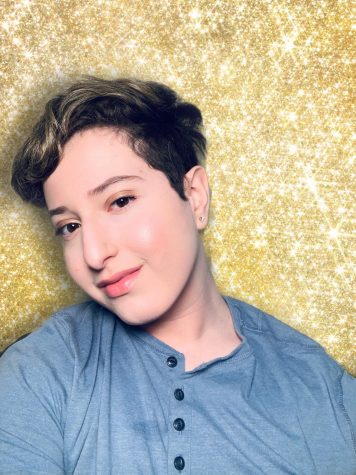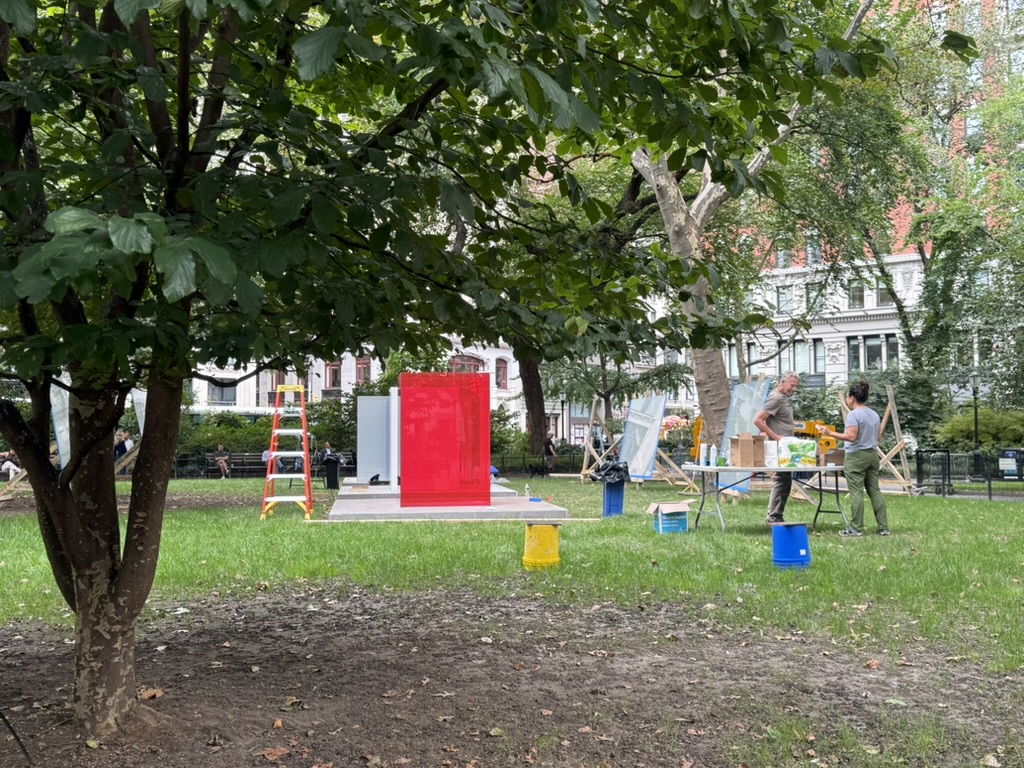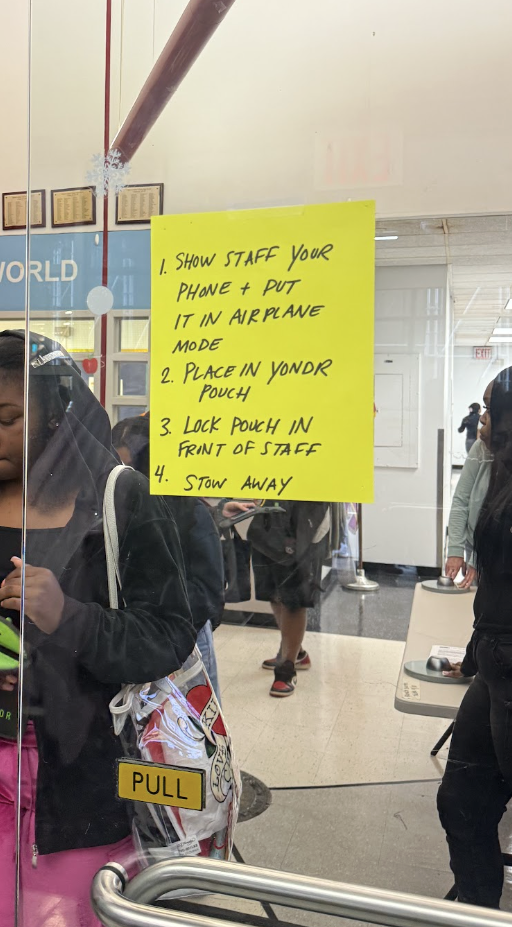No. Drinking Water Will Not Get Rid Of Your Acne.
April 3, 2020
Edited By: Nara Cowing and Rita Ross
Note: The information in the following article has been obtained and fact-checked by the American Academy of Dermatology as well as The Mayo Clinic.
What the heck is skin?
The largest organ each of us has is one that we so often take for granted: our skin. Composed of three layers, the epidermis, dermis, and subcutaneous tissue have the crucial role of literally keeping you together. Our skin needs to be reliable, protective, and resilient, yet delicate, thin, and flexible. While the irony of these traits may appear strange, the delicate balance of protection and flexibility in our skin is fascinating.
Look at your arm. What do you see? You are looking at your epidermis, the outermost layer of your skin, and your body’s first line of defense. The epidermis serves to protect us from dirt and debris, pathogens, and other foreign bodies. Furthermore, it produces melanin, the natural pigment responsible for different shades and tones of skin. Lastly, the epidermis creates skin cells to push towards the surface of your skin. This may sound obvious, but most people don’t understand the scale of it; your skin sheds thirty to forty thousand skin cells per day!
Even crazier, you have nineteen million skin cells on every square inch of your body! Of equal importance is the dermis, your second layer comprising the skin. The dermis is responsible for sweating, growing hair, producing oil, and allowing sensation and blood flow to your skin.
The final and thickest layer of your skin is subcutaneous fat. This connective tissue facilitates your skin connecting to your bones, allowing blood flow into the dermis and epidermis, along with facilitating homeostasis (keeping you cool or warm). Supplying your almost seven hundred sweat glands and one thousand nerve endings on every square skin of your skin is a massive undertaking. While the intricacy of skin is mainly self-sustaining, it is your responsibility to take care of your skin, as it does for you.
Okay, but why do I care?
With over forty million Americans dealing with it, acne is the most common skin condition in the United States. Regardless of race, ethnicity, gender, culture, sexual orientation, age (yes, even newborns can get acne), or any other defining trait, everyone has the risk of getting acne, and most people suffer from it during their life.
So why do you care? Most people reading this have either experienced or will experience some form of acne in their life. I want you to know that you are not alone– it is not “disgusting” or “ugly,” it is our skin’s not so subtle attempt at protecting us.
However, I recognize that no matter what anyone says, acne is attached to many social stigmas and self-judgments. While important, I am not here to preach about, “self-love and acceptance;” instead, I want to teach you about what acne really is and how you can treat it and protect your skin from future issues.
What even is acne?
Glad you finally asked! Our body is covered with pores, quite a lot of them. These tiny pathways are needed for the skin to “do its thing.” However, our pores can sometimes become clogged. Remember when we were talking about your epidermis? Well, it turns out that the close to twenty million skin cells your body sheds each day are not always cooperative! Your body typically pushes these dead skin cells up through the pores and shed them off, but sometimes, cells will get trapped in the pores.
To prevent our skin from drying out, our body also produces natural moisture from our sebaceous glands. These protective lubricators produce a sticky and waxy substance called sebum. Generally, the sebum lubricates our hair follicles and other parts of the skin; but sometimes, they create problems.
Returning to our pores, when cells are being pushed to the surface, sometimes they stick to the sebum and get stuck. When an individual gets a whitehead or a blackhead, it is the result of this process. A whitehead refers to a hair follicle being forced up due to the cell buildup; and a blackhead is actually a result of dead cells and oil being exposed to the air, producing a darkish hue.
This also explains why people get acne mostly on their face and torso; those are the most active places in terms of sebaceous production. Also on our skin are P. acnes, a type of bacteria that, as suggested by the name, causes acne. When these bacteria get inside a pore, our body treats them as foreign, creating inflammation and expelling them in the form of cystic acne. These cysts can range from very mild to severe and painful. While there are some other types of acne, these are the most common.
Who gets acne?
Acne does not discriminate. As said before, acne can affect everyone. However, some factors can exacerbate the condition. First, it is important to establish that acne is not somebody’s fault. In fact, the majority of acne and related issues are genetic, leading to many different acne experiences. In addition, most teenagers suffer from acne because, during puberty, hormone levels spike, leading to the enlargement of the sebaceous glands we talked about. Again, this is normal; there is nothing an individual can do about that.
However, there are other factors that are controllable. Your diet does have some effect on your skin. However, it is not the primary cause of breakouts or sustained acne. It is important to take the proper protocols before, during, and after activities involving sweat, dirt, bacteria, or other contaminants on your skin.
Finally, while seemingly inevitable in today’s social climate, stress can certainly exacerbate acne. The point of this article, however, is to discuss what else people, particularly teenagers, can do for their skin while suffering through acne.
I don’t want it on my face anymore! What should I do?
Let’s discuss what you should not do, the things that will either definitely make you break out or prevent you from getting rid of current breakouts.
The first issue is a lack of consistency and improper usage of products. Often people will just put spot treatments on specific target areas and change the products being used practically every week! Without giving a product sufficient time to work, you cannot evaluate its effectiveness: be patient!
Instead, you should use spot treatments a little differently. If you have acne-prone areas on your face, such as your forehead, nose, or chin, a spot treatment should be put on the entire area, not just where you have an active breakout. However, it is important to note that this should be done in thin layers, in order to prevent irritation to the skin. As far as selecting a treatment, please ensure you are using one suited for your skin type and conditions.
In addition, make sure you are not using products that will negate each other out or hurt your skin. For example, don’t use exfoliator, after exfoliator, after exfoliator, expecting clear skin; you will be lucky if you have any skin left! This brings me to the next main point, overdrying. You really don’t need to wash your face more than twice a day (twice for oilier skin types and once for more normal to dry skin). It will dry out your skin too much, causing your skin to respond by overproducing oil and creating more acne.
If your skin feels “tight” and “clean” after cleansing, you have definitely over cleansed your skin! I know everyone likes that feeling of “cleanliness,” but it is created when the soap strips so much oil from your skin, it hurts more than helps, which is clearly not a good thing. However, there are things you can do to stop this. Make sure you are getting your information from reputable sources as opposed to celebrities and YouTubers who advocate putting avocado and honey on your face!
There are also products used after cleansing the skin, something so often overlooked. It is crucial that everyone moisturize their skin, even if they have oily skin, as it can help stop some of the oil production (I know, crazy!). Make sure you put fragrance-free, non-comedogenic, and oil-free products on your skin. We want to protect those amazing layers of skin we have so they can do their thing to help you!
As for products, I personally think CeraVe is amazing for dry, oily, acne-prone, and mature skin! Their prices are affordable compared to most other brands and their quality is impeccable! There are plenty of other tips on how to take care of your skin, but that is for another article! I will attach some resources to this article that you may explore, I can write a follow up to this article if people enjoy it!
Fine. I’ll start to take care of my skin!
If you’ve gotten this far into the article, that is the first step towards clear skin! Education is such an important thing, even on the seemingly obvious things, like our skin. Our skin is not simple, but, by listening to science as opposed to trends, your skin can be given its best chance. Finally, I will mention that if you feel the need to see a dermatologist for any reason, please do so and let them help you with prescriptions or whatever else they deem helpful.
Please contact me with any questions at [email protected].
(see below for resources!)
Other Resources:
Myth: Drinking Water Hydrates Skin – Stackedskincare (Explains the title!)
Paula’s Choice (Great skincare advice for all conditions!)
Understanding Skin Care Product Ingredients (from The Cleveland Clinic!)
Managing Teenage Acne (New York Times!)












